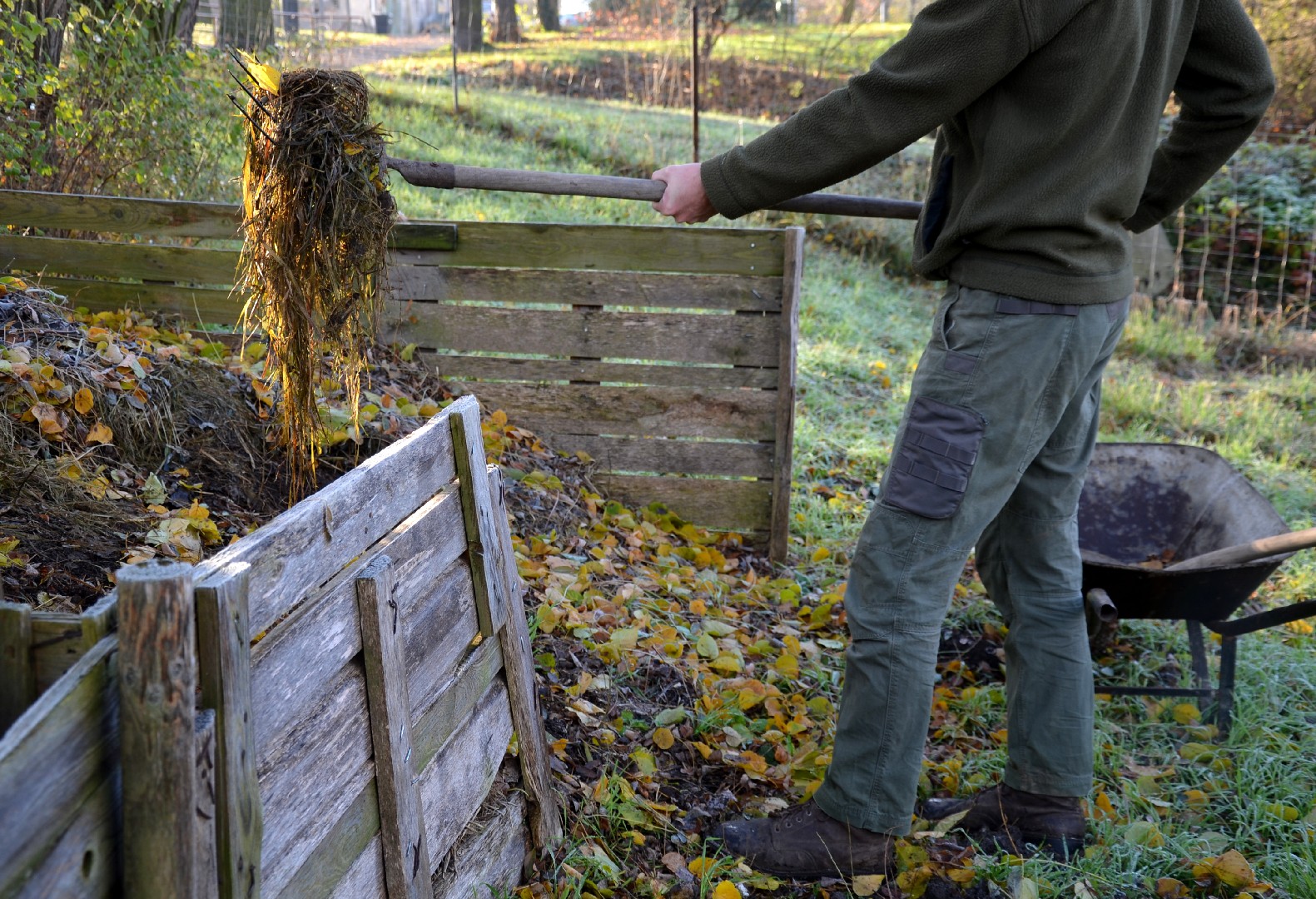![Rectangle]()
Laying the Foundation: Basics of Composting
Composting is a simple yet effective way to recycle organic waste and turn it into nutrient-rich soil that benefits both your garden and the environment. By understanding the importance and environmental benefits of composting, knowing the ideal materials to use, and creating the right compost mix, you can achieve sustainable seasonal composting all year round.
Understanding composting begins with recognizing its importance and the environmental benefits it offers. Composting reduces the amount of waste that ends up in landfills, minimizing methane emissions and helping to mitigate climate change. It also helps to improve soil health and fertility, promoting the growth of healthy plants and reducing the need for chemical fertilizers.
To start composting, you need to gather the right materials. Green materials, such as fruit and vegetable scraps, coffee grounds, and grass clippings, provide nitrogen, while brown materials, like dried leaves, straw, and shredded paper, add carbon. It's important to maintain a balance between these two types of materials, aiming for a ratio of roughly 1:2 or 1:3 green to brown. This balance ensures optimal decomposition and prevents the compost from becoming too slimy or too dry.
Once you have your materials, it's time to create the compost mix. You can choose from various methods based on your available space and preferences. One popular method is the pile or heap method, where you simply layer the green and brown materials, ensuring proper aeration by turning the pile regularly. Another option is the bin or container method, which allows for better control of moisture and temperature.
To speed up the composting process, you can incorporate certain techniques. Adding compost activators, such as finished compost or manure, introduces beneficial microorganisms that accelerate decomposition. Turning the compost regularly, either with a pitchfork or by using a rotating compost tumbler, helps to distribute oxygen and speed up the breakdown of organic matter. Maintaining the right moisture level, around 40-60%, ensures that the microorganisms can thrive without causing anaerobic conditions.
In addition to these methods, there are a few practical tips that can assist you in achieving successful composting. For instance, chopping or shredding larger materials into smaller pieces helps to speed up decomposition. Avoiding certain items, like meat, dairy, and oily materials, prevents unpleasant odors and attracts pests. It's also important to monitor the compost temperature, aiming for a range of 120-160°F to ensure the destruction of pathogens and weed seeds.
By following these basics of composting and incorporating the suggested methods and tips, you can successfully achieve sustainable seasonal composting all year round. Not only will you be diverting organic waste from landfills, but you'll also be creating a valuable resource for your garden. Composting is a rewarding and enriching practice that allows you to turn waste into wealth while supporting a healthier and more sustainable environment for future generations.





